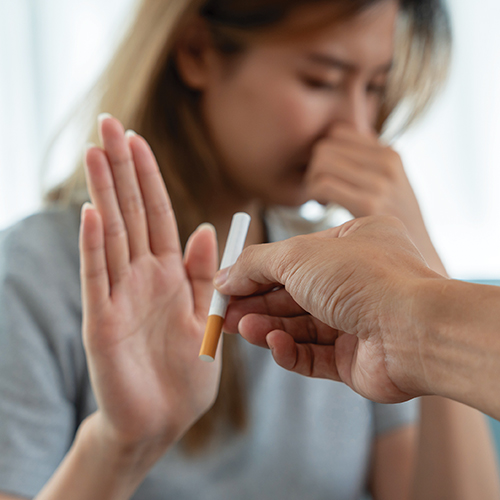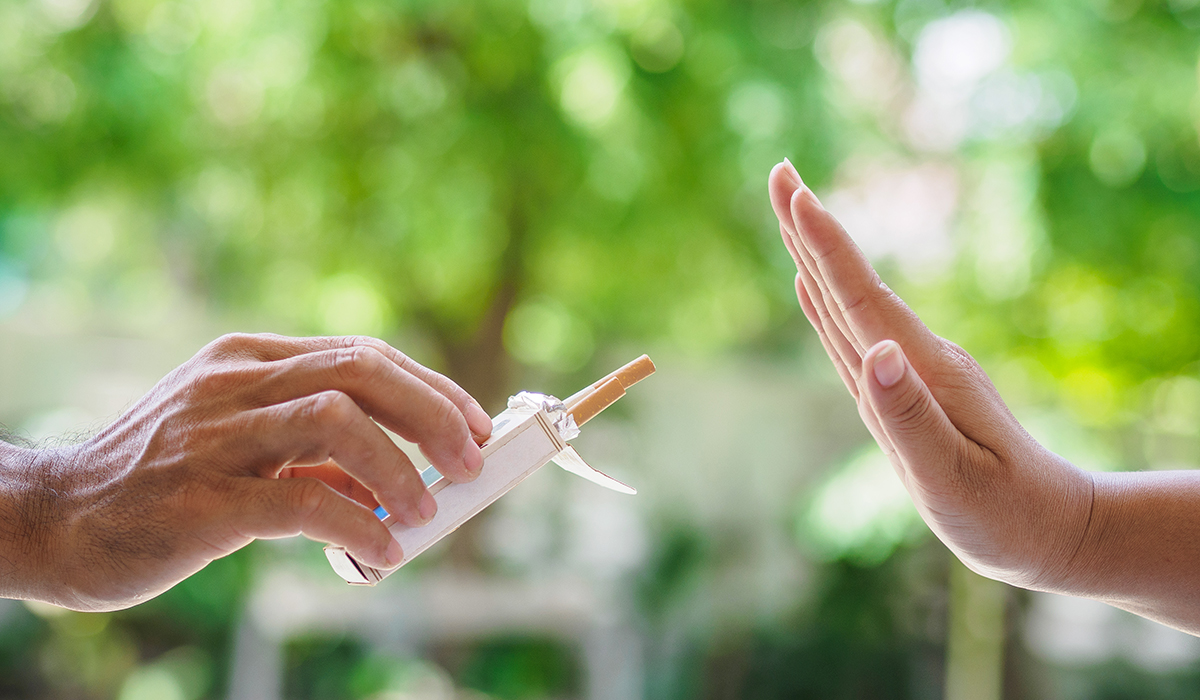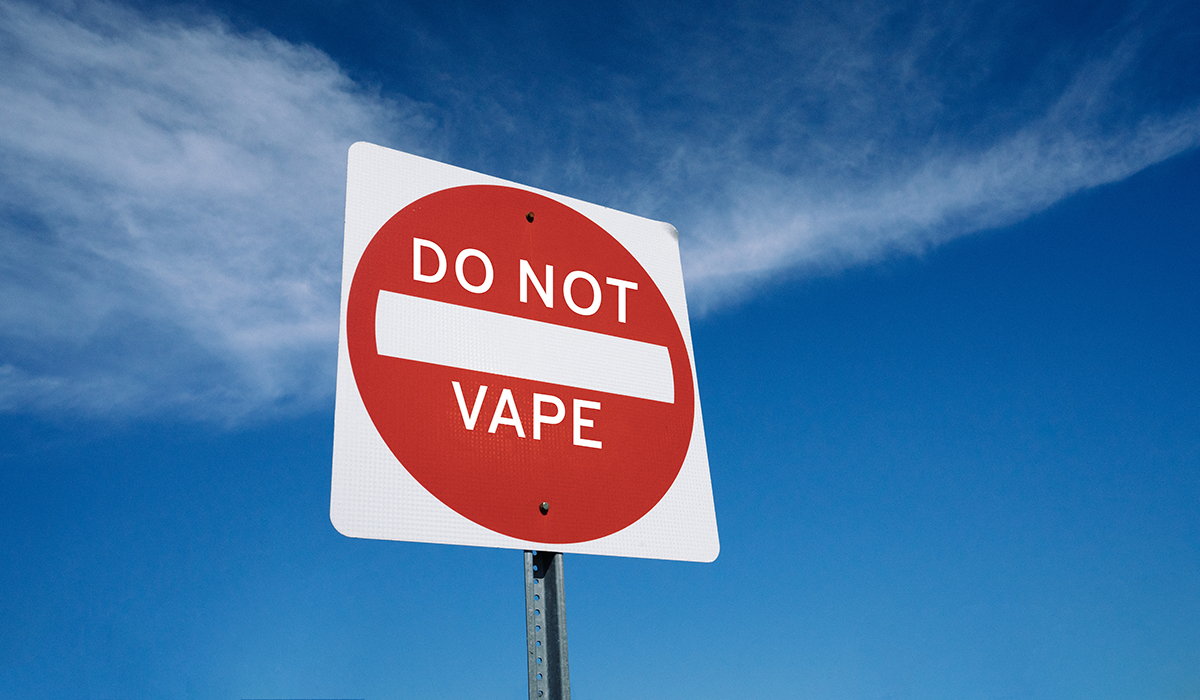January 2022
Quitting smoking is one of the best things you can do for your health. But kicking the habit can take more than willpower. For some smokers, it can take as many as 30 attempts before they’re successful.
Not every intervention works for everyone. Try one or more of these techniques to help you reach your smoke-free goal.
1. Make a plan.
Having a plan to quit can increase your chances of success.
2. If possible, choose a stress-free day to quit.
That way you’re not tempted to cope by smoking. Let family and friends know so they can support you — and understand why you might seem irritable or tired.
3. Know what to expect.
Withdrawal symptoms — such as headaches, appetite changes, and difficulty sleeping — are strongest the first week after you quit, according to SmokeFree.gov. That’s when you’re most at risk for a relapse. About 20 to 30 percent of quitters relapse in the first 14 days, according to the Association for Behavioral and Cognitive Therapies (ABCT). Mild withdrawal symptoms can also persist for up to three months. Try to keep yourself busy so you can resist the urge to smoke. Go for a walk, start a hobby, or do a crossword puzzle to distract yourself.
4. Identify your triggers.
There can be many reasons that you reach for a cigarette. Maybe you need one to overcome anxiety in social settings. Or you light up when stressed. Or you grab a smoke after your morning cup of coffee. Knowing what your triggers are can help you find healthy solutions. Chewing gum after coffee or a meal, for example, is a good alternative to grabbing a smoke.
5. Try Nicotine Replacement Therapy (NRT).
Available in lozenges, gums, and transdermal patches, NRT helps ease the symptoms of nicotine withdrawal and manage cravings.
6. Consider medications.
Prescription medications can double your chances of breaking your smoking habit for good, according to Smokefree.gov. These medicines work by triggering the release of dopamine, a brain chemical that makes you feel good. It’s the same brain chemical that smoking triggers. Your doctor can help you decide which medication makes the most sense for you.
7. Get support.
Call 1-800-QUIT-NOW (1-800-784-8699), which offers coaching, a quit plan, educational materials, and referrals to local resources — all for free. SmokeFree.gov also offers SmokefreeTXT. To get help, text QUIT to 47848. Or download the free QuitGuide app for tips and inspiration to get started, as well as tools to track your triggers and progress. The American Lung Association also offers Freedom From Smoking group clinics nationwide. The clinics, led by expert facilitators, meet once a week for eight sessions and use the latest research in helping you quit. To find a clinic near you, call the Lung Help Line at 1-800-LUNG-USA.
8. Find other ways to relax.
Stress is a smoking trigger for many people. For nicotine-free ways to keep calm, try mindfulness meditation or yoga. Listening to calming music or a relaxation app can also soothe your mind.
9. Talk it out.
Cognitive behavior therapy teaches you new ways to manage stress and handle nicotine cravings and triggers.
10. Get moving.
Exercise is a great way to distract yourself from smoking. Exercise also plays a part of boosting your mental health. When you exercise, it triggers the release of endorphins in your body, chemicals that trigger a positive, “euphoric” feeling.
11. Recommit if you relapse.
Don’t beat yourself up if you aren’t successful the first time. Pick a new quit day and start the process over again.



